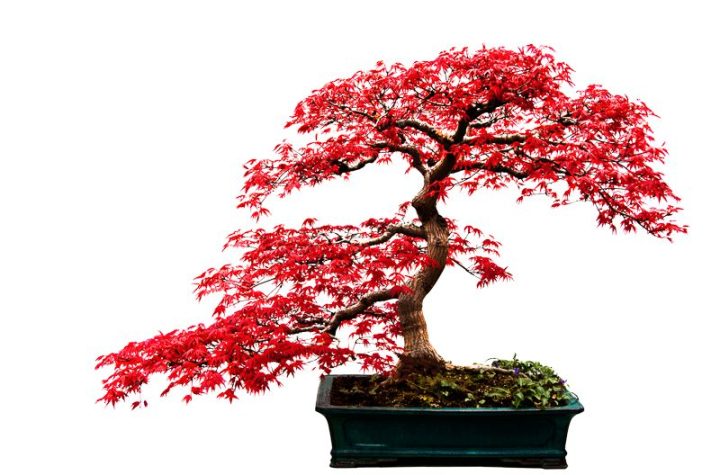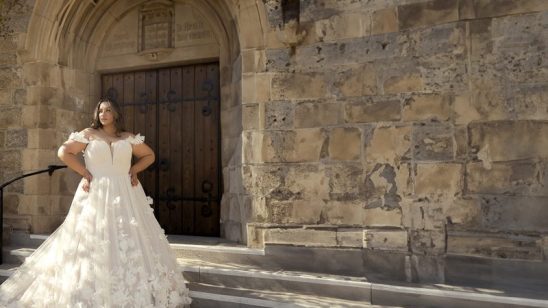
Beautiful bonsai
Bonsai is an ancient horticultural art form. Originally developed in the Orient almost 2000 years ago, today it is an art practised throughout the world.
Shape, harmony, proportion and scale are all weighed up carefully in creating bonsai. Just planting a tree in a small pot is not bonsai; it has to be pruned, shaped, and trained into the desired shape, and kept small by careful control of the plant’s growing conditions. The ultimate goal is to create a miniature yet realistic depiction of nature.

You can turn any sapling into a bonsai, although there are different methods to propagate trees. Some need a lot of patience and some offer immediate results; others require time. Growing a tree from seed means you have full control over the styling of your bonsai plant, however it will take up to five years before it starts resembling a tree.
Shaping your bonsai comes down to how you prune it to achieve the desired shape, while keeping it small comes by confining the roots in its pot, and periodically clipping them. Only branches important to the bonsai’s overall design should remain, and unwanted growth pruned regularly.
Living bonsai will change seasonally and yearly, needing pruning and training throughout its lifetime. Every species of plant has its own special needs, so before you start, read all you can about bonsai, join a dedicated club, or seek advice from an expert.
Ficus is regarded as a suitable tree for a beginner to work with. Hardy, tolerant of lower light, and a forgiving species, it is also less meticulous about watering than other bonsai varieties. Junipers are another popular type of bonsai tree for beginners because they respond well to pruning and ageing techniques, and can be trained into beautiful, intricate shapes.
A third option for beginners is the herb rosemary, which is easy to prune, sheds its bark giving a distinctive old-tree look, and has a pleasant scent when trimmed. A last option for beginners to consider is a maple (acer). Native to China and Japan, they are vigorous growers, and can build a fat trunk, quickly giving the appearance of character and age. Adding to its appeal is the fact that its green leaves will change to orange, then red in autumn.



